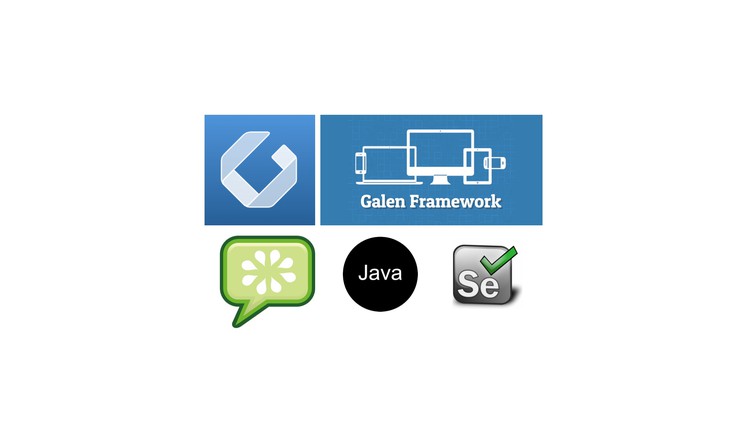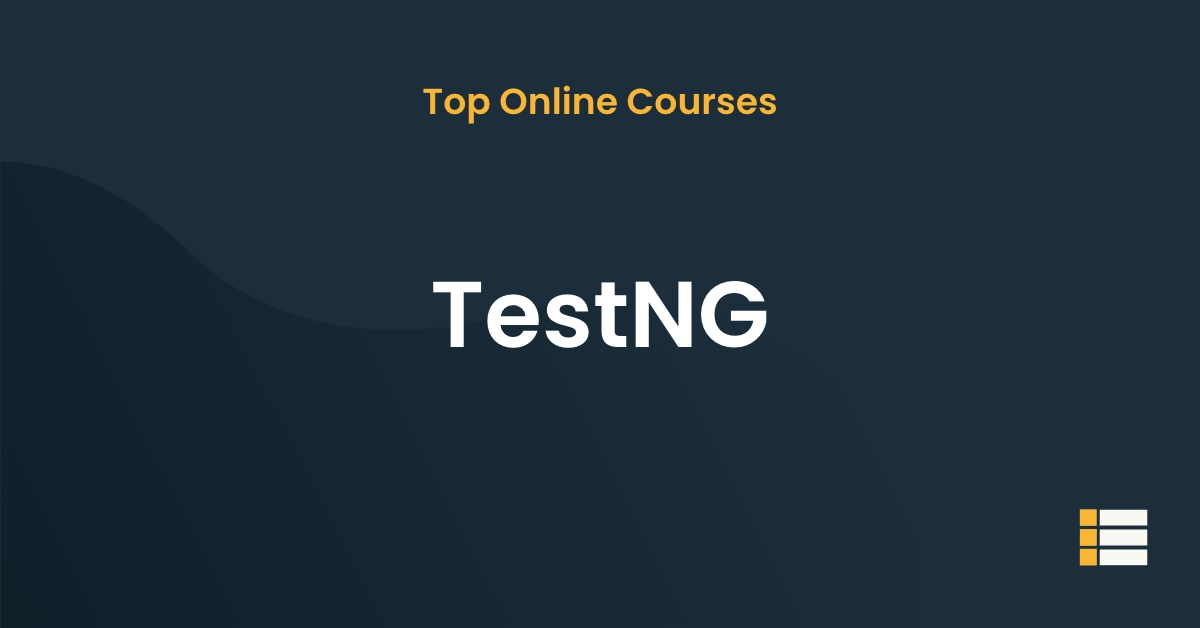Are you a software tester looking to stay ahead of the curve in an ever-evolving industry?
If so, then you should definitely consider learning Cucumber Software. In this article, we will discuss the features, benefits, and importance of Cucumber Software, and why it is a crucial tool for software testers.
So, read on to find out why learning Cucumber Software is essential for staying competitive in the software testing industry!
Table of Contents
Learning Cucumber Software Online: A Student’s Guide
What is Cucumber BDD used for?
Cucumber Behavior Driven Development (BDD) is a software development approach that focuses on the collaboration between developers, testers, and other stakeholders in the software development process. It is used to describe the behavior of a system in plain English, allowing stakeholders to easily understand the system and give feedback quickly.
Cucumber BDD is primarily used for test automation. It helps developers write tests for the system in a simple, structured language.
The tests are written in the form of scenarios – sequences of events that describe the system’s expected behavior. These scenarios are then automated, allowing the system to be tested quickly and easily.
Cucumber BDD also helps to improve communication between stakeholders during the development process. Using plain language to describe the system, stakeholders can easily understand what the system is expected to do.
This helps to ensure that everyone involved in the project is on the same page and that any potential issues or misunderstandings can be caught and addressed early on. In addition to test automation and better communication, Cucumber BDD can also be used to document the system.
Writing the scenarios in a structured language makes it easier for other developers to understand the system and any changes that may have been made over time.
This helps to ensure that the system remains consistent and easy to understand. Overall, Cucumber BDD is a powerful tool for software development.
It helps simplify test automation, improve communication between stakeholders, and document the system.
Cucumber Learning Resources
To get started with Cucumber, various learning resources are available. This post will provide an overview of the different resources that can help you learn how to use Cucumber for BDD testing.
- The Cucumber website offers comprehensive tutorials, blogs, and videos to help you get started. There are also online courses available for those who prefer a more structured approach to learning.
- Books on Cucumber: There are several books available that cover different aspects of Cucumber. These include The Cucumber Book by Matt Wynne, The Cucumber for Java Book by Aslak Hellesoy and Steve Tooke, and BDD in Action by John Ferguson Smart.
- Community Support: The Cucumber community is a great resource for getting help. There are a variety of ways to connect with other users, such as through the Cucumber mailing list, Slack channel, StackOverflow, and the Cucumber Gitter channel.
- Cucumber testing – JavaTpoint
- Cucumber Tutorial for Beginners – MindMajix
- Cucumber Tutorial – CSC326 Software Engineering
- Cucumber.js for BDD: An Introductory Tutorial With Examples
- BDD Testing with Cucumber – Skillsoft
- Java Course: BDD with Cucumber and Gherkin – Pluralsight
As you can see, there are a variety of learning resources available for those who want to learn how to use Cucumber for BDD testing.
Whether you prefer online tutorials, books, webinars, or community support, there are resources to help you get started and become an expert in no time.
Other tools commonly used with Cucumber BDD
- Cucumber-JVM: Used for running Cucumber BDD tests on the Java Virtual Machine.
- Gherkin: Used to write plain-text stories in a structured language.
- Selenium or Appium: Used to automate web browser testing.
- Serenity: Used to generate test reports and integrate with Cucumber.
- JUnit: Used to unit test Java code. – See JUnit courses.
- Mockito: Used to create mock objects for unit testing.
Frequently Asked Questions
Is Cucumber difficult to learn?
Cucumber can be relatively difficult to learn because it requires knowledge of development languages like Ruby and Java. It also requires knowledge of the behavior-driven development (BDD) process and related technologies like Gherkin and automation tools like Selenium WebDriver. Despite the steep learning curve, Cucumber is a potent tool for automating tests and providing detailed, readable test results that can help developers identify and solve problems quickly.
Is TestNG better than Cucumber?
TestNG is a Java testing framework that provides extra features, including test-based assertions, invocation, and sequencing. Cucumber is a Behaviour Driven Development (BDD) tool that allows developers to write feature files that are executable and easily readable. Therefore, while TestNG may have some advantages, it really depends on the needs of the project and the preferences of the user.
What is the Cucumber software used for?
Cucumber is an automation testing tool used for software development. It enables developers to write tests in plain English and allows them to see how the application works without having to actually launch it. Cucumber is used to test the code written in different programming languages and it can be used to create automated tests for a wide range of applications and frameworks. It also supports behavior-driven development, which is a methodology used to guide the process of developing software.
Is Cucumber better than selenium?
Both Cucumber and Selenium are testing frameworks used to automate tests in web applications, but the key difference between them is that Cucumber is a behavior-driven development tool that works at a higher level of abstraction, while Selenium is an automation tool that works directly at the code level. So if you’re looking for a tool to specify and automate tests at a high level of abstraction, then Cucumber may be the better choice for you.
Is Cucumber BDD or TDD?
Cucumber is a Behavior Driven Development (BDD) tool. BDD is a development methodology that encourages software teams to focus on the behavior of an application from the customer's point of view. BDD is an alternative to Test Driven Development (TDD) which focuses on writing unit tests for each component of the application. Cucumber is a tool that enables software teams to write BDD-style tests which are more readable and easier to understand than traditional TDD tests.
Is Cucumber a framework?
Cucumber is actually a software tool that supports behavior-driven development (BDD). It provides a language-neutral, readable format for expressing behavior scenarios, allowing teams to define their desired functionality and pinpoint any discrepancies between the expected behavior and the actual behavior of their software applications. Cucumber can be used with other frameworks, such as Ruby on Rails, to automate testing and provide automated feedback on test results.
Conclusion
In conclusion, learning Cucumber Software online is a great way to become an expert in the language.
With the ability to access resources from all over the world, students can find the right course, tutorials, and support that meet their individual needs.
Furthermore, by attending online classes and webinars, students can quickly learn the language and develop their programming skills.
With its user-friendly interface and powerful features, Cucumber Software is an ideal choice for anyone looking to become a professional software developer.


 Online course by
Dezlearn Education
Online course by
Dezlearn Education

 Online course by
Rahul Shetty
Online course by
Rahul Shetty

 Online course by
Admas Kinfu
Online course by
Admas Kinfu

 Online course by
Jose Buenestado
Online course by
Jose Buenestado

 Online course by
Rahul Arora
Online course by
Rahul Arora

 Online course by
Maroš Kutschy
Online course by
Maroš Kutschy

 Online course by
Karthik KK
Online course by
Karthik KK



